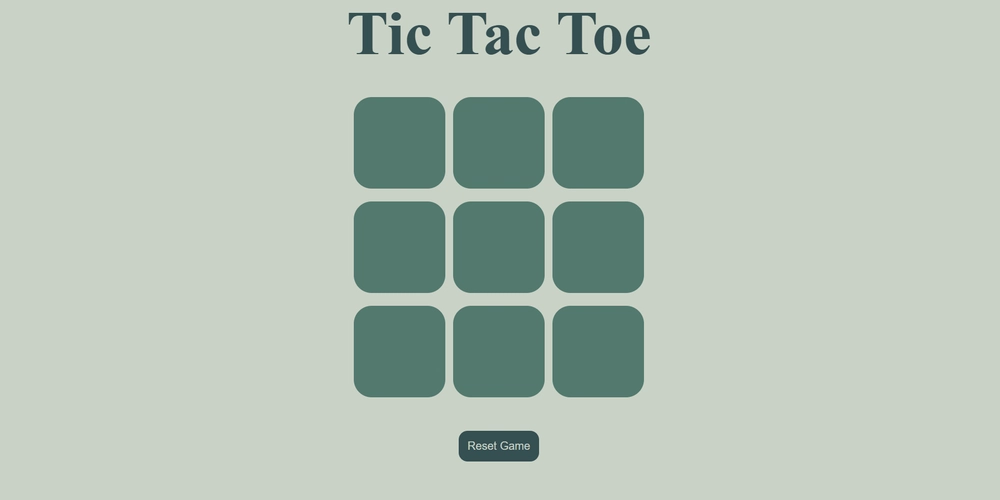How to Create Governance Tokens with Zero Budget
Governance tokens are the heart of decentralized decision-making in Web3. Whether you're building a DAO, launching a decentralized app, or experimenting with community-driven projects, governance tokens give your users voting power and influence. The best part? You can create and distribute governance tokens without spending a cent. This article walks you through the zero-cost route to building a governance token from scratch, using free tools, test networks, and battle-tested open-source code. What Is a Governance Token? A governance token is a type of cryptocurrency that gives holders the right to vote on proposals that affect the direction of a project. These decisions can include: Protocol upgrades Budget allocations New features Treasury management Governance tokens are typically built on Ethereum using the ERC-20 standard, often combined with additional functionality for voting and delegation. Step 1: Use OpenZeppelin’s Free & Secure Contracts You don’t have to reinvent the wheel. OpenZeppelin provides audited and secure contract templates that are ideal for governance tokens. For basic governance functionality, use: ERC20Votes Governor modules (if you're going full DAO) Here’s a minimal governance token example: // SPDX-License-Identifier: MIT pragma solidity ^0.8.0; import "@openzeppelin/contracts/token/ERC20/extensions/ERC20Votes.sol"; contract GovToken is ERC20Votes { constructor() ERC20("GovToken", "GOV") ERC20Permit("GovToken") { _mint(msg.sender, 1000000 * 10 ** decimals()); } } ✅ Why it's secure: OpenZeppelin contracts are widely used and thoroughly vetted. ✅ Why it’s free: These libraries are open-source and cost nothing to use. Step 2: Deploy for Free on Ethereum Testnets Before going live on a mainnet, deploy your token on a testnet like: Sepolia Goerli Holesky Use Remix (a free in-browser IDE) and MetaMask to connect to a testnet. You can claim free test ETH from faucets to cover "fake" gas fees. ✅ Why it’s free: Testnets simulate the Ethereum network without real costs. ✅ Why it’s useful: You can test your governance token as if it were live. Step 3: Add Governance Logic If you’re building a DAO or a system with actual proposals and voting, you’ll need to add governance mechanisms. OpenZeppelin provides Governor contracts with modular components: GovernorCountingSimple GovernorVotes GovernorTimelockControl This lets you create full DAO-style governance with proposal creation, voting, and time-delayed execution. ✅ Why it's free: These modules are 100% open source. ✅ Why it's secure: Based on audited patterns used by real DAOs like Compound and ENS. Step 4: Use Free Tools to Distribute Tokens You can distribute your governance tokens using: Manual transfers (from Remix or a script) Claim portals using open-source UIs like Scaffold-ETH Snapshot.org for off-chain voting, no gas needed ✅ Snapshot is gasless and free to use ✅ Scaffold-ETH gives you a free, hackable UI template If you’re using testnets, all of this is completely cost-free. Step 5: Create a DAO on a Budget You can build a functioning DAO with: Governance token (from above) Snapshot page (free) Telegram or Discord (free) Notion site or GitHub Pages (free) Off-chain discussion (Discourse, Reddit, etc.) You don’t need funding to prove your concept. Once your governance model works on testnets, you can apply for grants or go live on a low-fee chain. Pro Tips for Zero-Cost Governance Fork from working examples like NounsDAO, Moloch, or Compound Avoid mainnet until ready — gas fees can eat up your budget fast Test everything: simulate proposals, votes, quorum thresholds, and timelocks Keep it transparent: post all contracts and updates to GitHub When You’re Ready to Go Live Eventually, you might want to launch on a low-cost network like: Polygon Arbitrum Optimism Celo Base These chains offer low gas fees, Ethereum compatibility, and often provide free grants or community support for new projects. Need a Full Guide? If you want a complete step-by-step tutorial—covering governance tokens, native coins, ERC-20 tokens, and even how to customize mining rules—I’ve written a comprehensive, beginner-friendly PDF just for you.

Governance tokens are the heart of decentralized decision-making in Web3. Whether you're building a DAO, launching a decentralized app, or experimenting with community-driven projects, governance tokens give your users voting power and influence.
The best part? You can create and distribute governance tokens without spending a cent.
This article walks you through the zero-cost route to building a governance token from scratch, using free tools, test networks, and battle-tested open-source code.
What Is a Governance Token?
A governance token is a type of cryptocurrency that gives holders the right to vote on proposals that affect the direction of a project. These decisions can include:
- Protocol upgrades
- Budget allocations
- New features
- Treasury management
Governance tokens are typically built on Ethereum using the ERC-20 standard, often combined with additional functionality for voting and delegation.
Step 1: Use OpenZeppelin’s Free & Secure Contracts
You don’t have to reinvent the wheel. OpenZeppelin provides audited and secure contract templates that are ideal for governance tokens.
For basic governance functionality, use:
ERC20Votes-
Governormodules (if you're going full DAO)
Here’s a minimal governance token example:
// SPDX-License-Identifier: MIT
pragma solidity ^0.8.0;
import "@openzeppelin/contracts/token/ERC20/extensions/ERC20Votes.sol";
contract GovToken is ERC20Votes {
constructor() ERC20("GovToken", "GOV") ERC20Permit("GovToken") {
_mint(msg.sender, 1000000 * 10 ** decimals());
}
}
✅ Why it's secure: OpenZeppelin contracts are widely used and thoroughly vetted.
✅ Why it’s free: These libraries are open-source and cost nothing to use.
Step 2: Deploy for Free on Ethereum Testnets
Before going live on a mainnet, deploy your token on a testnet like:
- Sepolia
- Goerli
- Holesky
Use Remix (a free in-browser IDE) and MetaMask to connect to a testnet. You can claim free test ETH from faucets to cover "fake" gas fees.
✅ Why it’s free: Testnets simulate the Ethereum network without real costs.
✅ Why it’s useful: You can test your governance token as if it were live.
Step 3: Add Governance Logic
If you’re building a DAO or a system with actual proposals and voting, you’ll need to add governance mechanisms.
OpenZeppelin provides Governor contracts with modular components:
-
GovernorCountingSimple -
GovernorVotes GovernorTimelockControl
This lets you create full DAO-style governance with proposal creation, voting, and time-delayed execution.
✅ Why it's free: These modules are 100% open source.
✅ Why it's secure: Based on audited patterns used by real DAOs like Compound and ENS.
Step 4: Use Free Tools to Distribute Tokens
You can distribute your governance tokens using:
- Manual transfers (from Remix or a script)
- Claim portals using open-source UIs like Scaffold-ETH
- Snapshot.org for off-chain voting, no gas needed
✅ Snapshot is gasless and free to use
✅ Scaffold-ETH gives you a free, hackable UI template
If you’re using testnets, all of this is completely cost-free.
Step 5: Create a DAO on a Budget
You can build a functioning DAO with:
- Governance token (from above)
- Snapshot page (free)
- Telegram or Discord (free)
- Notion site or GitHub Pages (free)
- Off-chain discussion (Discourse, Reddit, etc.)
You don’t need funding to prove your concept. Once your governance model works on testnets, you can apply for grants or go live on a low-fee chain.
Pro Tips for Zero-Cost Governance
- Fork from working examples like NounsDAO, Moloch, or Compound
- Avoid mainnet until ready — gas fees can eat up your budget fast
- Test everything: simulate proposals, votes, quorum thresholds, and timelocks
- Keep it transparent: post all contracts and updates to GitHub
When You’re Ready to Go Live
Eventually, you might want to launch on a low-cost network like:
- Polygon
- Arbitrum
- Optimism
- Celo
- Base
These chains offer low gas fees, Ethereum compatibility, and often provide free grants or community support for new projects.
Need a Full Guide?
If you want a complete step-by-step tutorial—covering governance tokens, native coins, ERC-20 tokens, and even how to customize mining rules—I’ve written a comprehensive, beginner-friendly PDF just for you.
















































![Save Up to 30% at Accor Hotels with MasterCard [Japan]](https://boardingarea.com/wp-content/uploads/2025/05/3294bc4b6d1941eef8987e0e40318da7.jpg?#)































